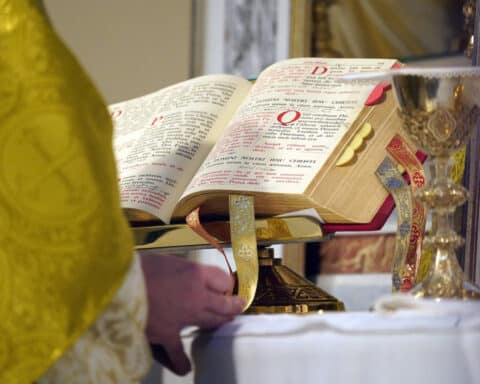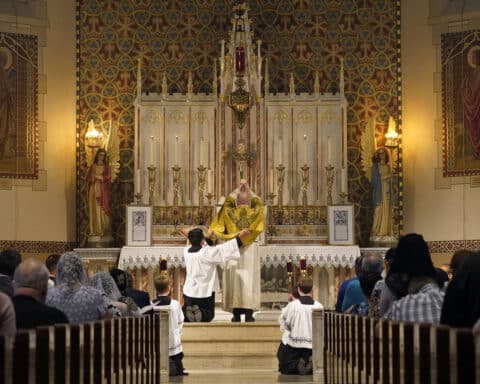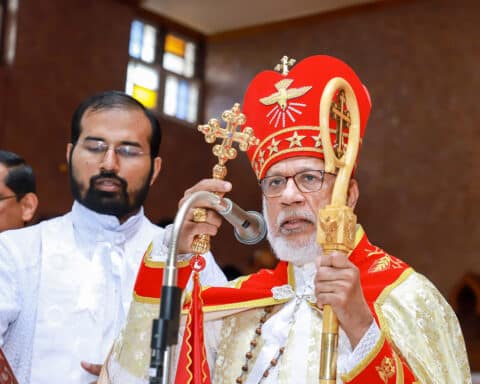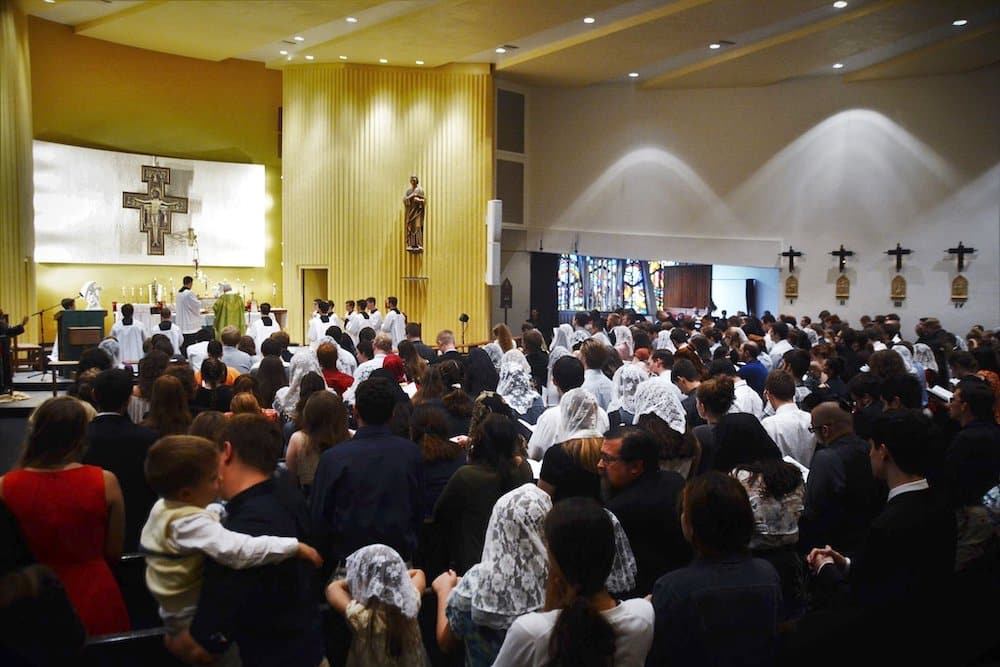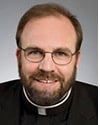
— Richard Moore, via email
Answer: We should be careful to remember that in every language there are certain idiomatic phrases or expressions native speakers understand well but sometimes confuse non-native speakers. For example, in English, if I were to say, “It’s raining cats and dogs out there,” you would not literally interpret my words. What I am asserting is true — namely, that it is raining heavily outside. But you would not expect to go out and find actual cats and dogs falling from the sky. Further, if I were to say, “The world’s turned upside down,” you would not presume I meant that the globe of planet Earth was physically inverted. You would understand that I am using an expression or idiom which means the culture is in chaos and people are believing crazy things.
Jesus, too, uses expressions and idioms. Such expressions assert what is true but not in a way that is literally true. So, what does it mean that the stars will fall to earth? As you point out, it cannot be literally (physically) true that stars will fall on to the earth, for they are enormously larger than the earth. But recall that the stars, as well as the sun and moon, were navigation points for the time of day, the seasons and for direction. They were what rooted people in space and time. They were steady, sure and reliable guides. This was especially the case before mechanical clocks, calendars, GPS and the like. In describing the sun and moon as darkened and stars falling to the earth, Jesus is, in effect, saying: “In those days, chaos and disorientation will abound. The most fundamental beacons by which you know north from south, east from west, up from down, winter from spring, will all be lost. The very manner by which you find your way, even in the darkness will be taken from you. Forget Orion’s Belt, the Pleiades or the North Star; they will not be able to help you find your way.” Only the Lord can save us, and that will be the one thing clear in those days.
The verses you cite are from the Mount Olivet discourse of Jesus. Scholars debate whether Jesus is speaking of the destruction of the Temple — which would take place in A.D. 70 — or is speaking of the end of the world. Contextually it seems pretty clear that Jesus is speaking to the destruction of the Temple and Jerusalem since he is answering his disciples’ questions as to the signs leading up to his prophecy of the destruction of Jerusalem. Josephus, a Jewish historian of the time, described Jerusalem as shrouded in darkness even at noonday due to the smoke of her destruction by fire blotting out much of the sun’s light. During the day, the sun looked like blood and the moon barely gave her light. The stars, too, were obscured. So, while not absolutely literal, we can see how Jesus’ description, even if idiomatic, was still speaking a truth that they would experience. The world as they knew it was passing away, and all the landmarks and navigation points were obscured.
Penitential rite
Question: A friend recently told me that the old Latin Mass had no penitential rite. This doesn’t sound right.
— Barry Jefferson, via email.
Answer: In the Traditional Latin Mass (TLM), the penitential rite technically takes place before Mass during the prayers at the foot of the altar. In more ancient times, the confiteor and other preparatory prayers took place in the sacristy but were gradually moved to the foot of the altar. But the TLM formally begins when the priest makes the sign of the cross and recites the Introit. It is somewhat of a contrived argument to assert that the TLM has no penitential rite since the prayers at the foot of the altar are certainly linked to the Mass that is about to begin.
Msgr. Charles Pope is the pastor of Holy Comforter-St. Cyprian in Washington, D.C., and writes for the Archdiocese of Washington, D.C. at blog.adw.org. Send questions to msgrpope@osv.com.


